Resource Centre
Discover a wealth of knowledge and insights from the experts at StarFish Medical. Our Resource Centre offers product development tips, reviews of new and cutting-edge technologies, and in-depth articles on regulatory updates and compliance in medical device development.
-
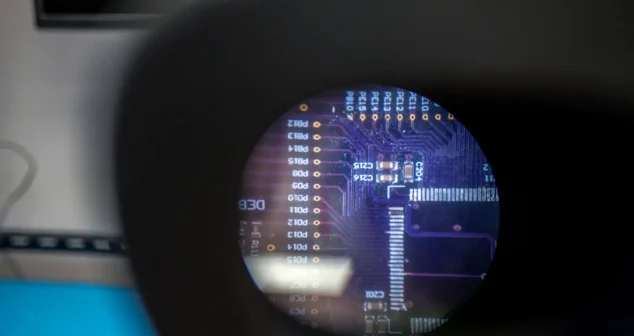
Bringing up a new printed circuit board assembly (PCBA) for a medical device is both exciting and high-stakes.
-
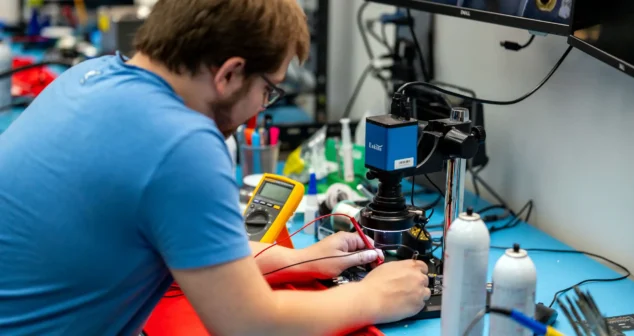
Several design considerations come into play when designing portable medical electronic devices, from performance, to usability, manufacturability and reliability.
-
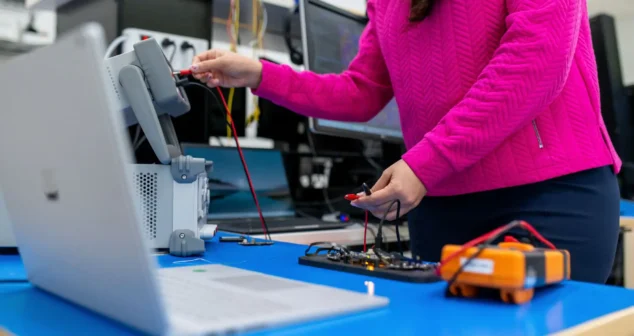
For many medical devices, power stability isn’t just a nice-to-have, it’s mission-critical.
-
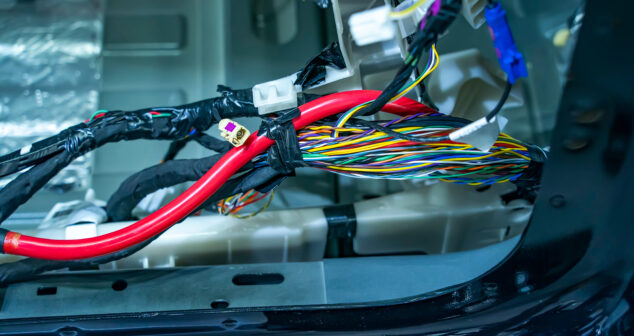
I routinely engage in the development of prototype medical devices. These prototypes typically incorporate at least one printed circuit board (PCB) installed within a plastic or metal enclosure, featuring numerous connections to external components through various connectors.
-
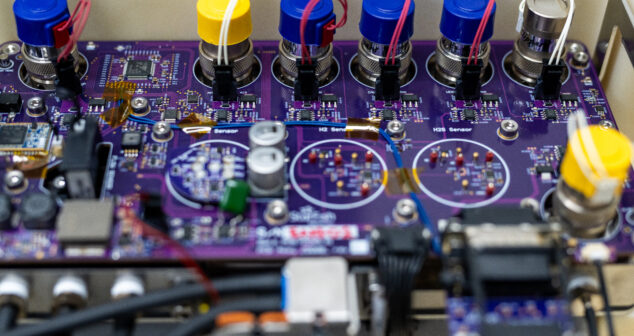
Getting a PCB (Printed Circuit Board) for a medical device right the first time is almost impossible. Datasheets can be misleading, or assumptions and architectures change. As a result, modifications are almost inevitable. Sometimes the modification is as simple as swapping resistors or adding capacitors. Other times it involves tacking on new circuits you had no idea you needed.
-
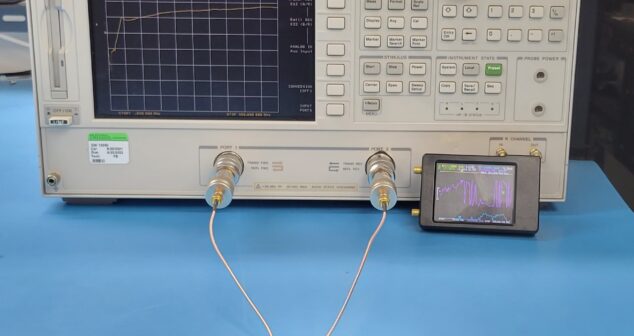
Comparing traditional HP 8753 Vector Network Analyzer (VNA) with a NanoVNA for developing a medical device on a budget.